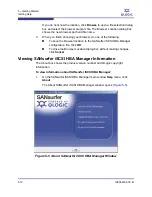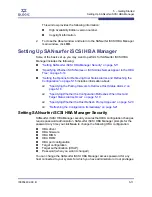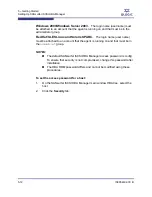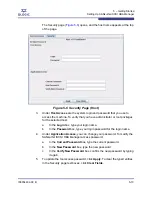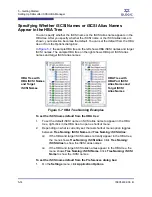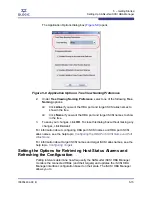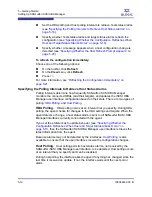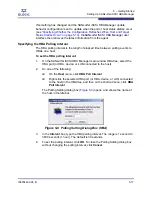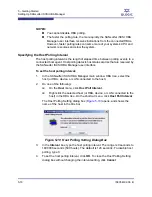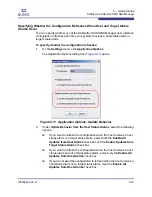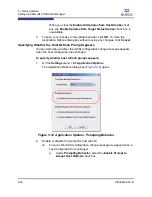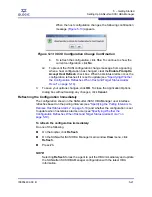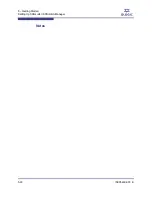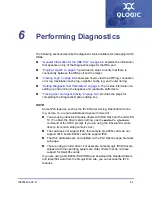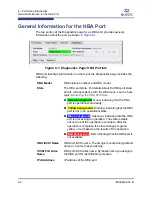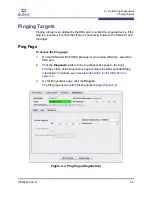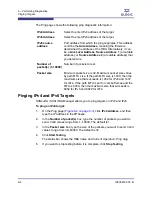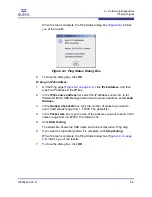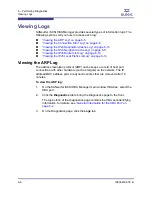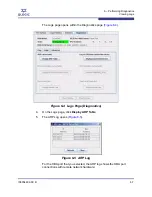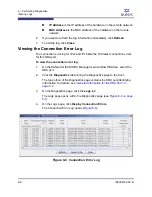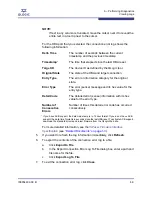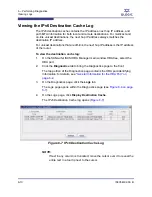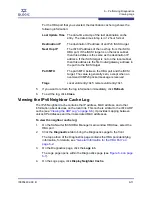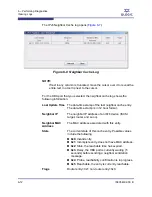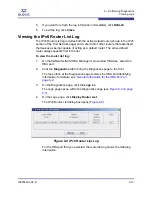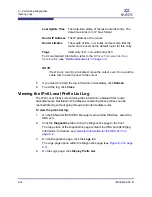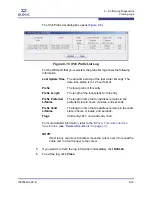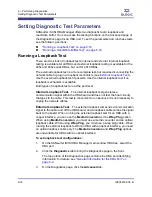
IS0054602-00 B
6-1
6
Performing Diagnostics
The following sections describe the diagnostic tools available for managing iSCSI
HBAs:
“General Information for the HBA Port” on page 6-2
explains the information
that appears on top of the Diagnostics page for the HBA port.
“Pinging Targets” on page 6-3
provides the steps to verify that there is
connectivity between the HBA port and the target.
“Viewing Logs” on page 6-6
shows you how to view the ARP log, connection
error log, destination cache log, neighbor cache log, and router list log.
“Setting Diagnostic Test Parameters” on page 6-16
provides information on
setting up and running the loopback and read/write buffer tests.
“Tracing User and Agent Activity” on page 6-21
provides the steps for
completing the Diagnostic Options dialog box.
NOTE:
Some IPv6 features, such as the IPv6 Router List log, Destination Cache
log, and so on, are not available and appear dimmed if:
You are using inbox/ioctl module drivers with Red Hat 4 and 5 and SLES
10. (To obtain the driver version string, use the
modinfo qla4
xxx
command at the UNIX prompt. If you are using the inbox/ioctl module
drivers, its version string contains a
d
.)
The card does not support IPv6; for example, QLA405
x
cards do not
support IPv6, but QLE406
x
cards do support IPv6.
The IPv6 addresses are not enabled on the Port Options page, Network
sub-page.
You are using an older driver. For example, some QLogic iSCSI drivers
shipped with the operating system are older drivers that do not have
support for QLA406
x
cards.
If you are using a QLE406
x
iSCSI HBA and download the standard drivers
and latest firmware from the QLogic Web site, you can access the IPv6
features.


